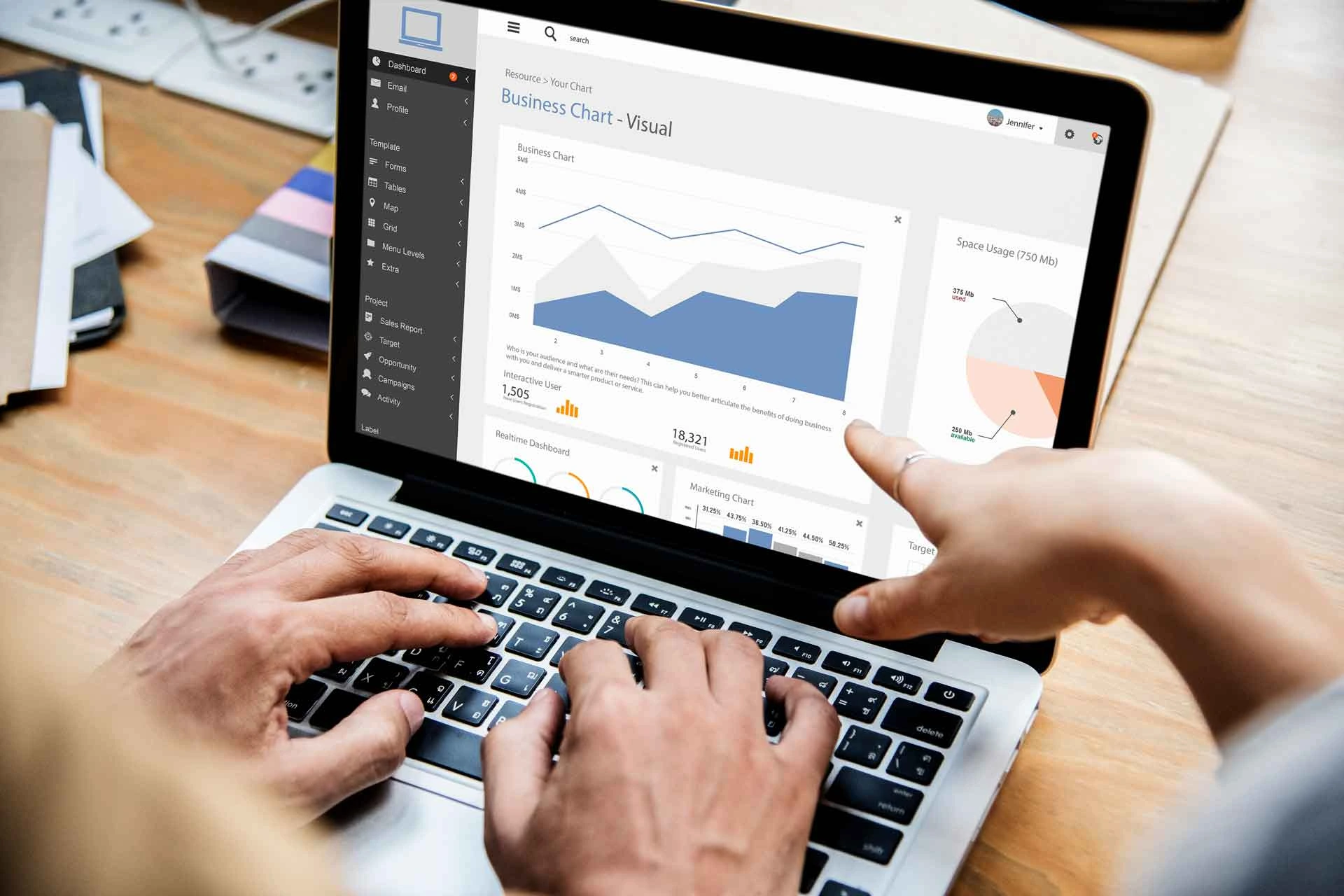In today’s rapidly evolving business landscape, the role of Human Resources (HR) has transformed beyond administrative tasks into a strategic driver of organizational success. One of the key catalysts for this transformation is the integration of people analytics into HR practices. ?
What is People Analytics?
People analytics, also known as HR analytics or workforce analytics, is the practice of harnessing data and statistical insights to guide HR decisions. This data-driven approach is revolutionizing the HR world by enabling professionals to make informed choices that align with both employee needs and organizational objectives. ?
Why is People Analytics Essential in HR?
Objective Decision-Making: No more relying solely on gut feelings or anecdotes. With people analytics, HR decisions are grounded in data, enhancing accuracy and reducing bias.
Talent Strategy: From recruitment to retention, people analytics identifies trends that guide effective talent acquisition strategies and aid in retaining top performers.
Enhanced Performance: By analyzing employee performance data, HR can identify factors contributing to success and design targeted development programs.
Smart Workforce Planning: Data-driven insights help predict future staffing needs, optimizing workforce planning and resource allocation.
Diversity and Inclusion: Analytics spotlight areas needing improvement in diversity and inclusion efforts, fostering a more equitable workplace.
Employee Engagement: Understanding engagement metrics aids HR in boosting morale, job satisfaction, and reducing turnover rates.
Cost Efficiency: Identifying inefficiencies and addressing turnover-related costs improves the organization’s bottom line.
Effective Succession Planning: People analytics helps identify potential leaders, ensuring smooth transitions during personnel changes.
Wellness and Health Initiatives: Measurement of program effectiveness helps tailor health and wellness offerings to improve employee wellbeing and productivity.
Compliance and Risk Mitigation: Analytics ensure adherence to labor laws and mitigate potential legal risks, safeguarding the organization’s reputation.
In Conclusion
The power of people analytics lies in its ability to transform HR from a reactive function to a proactive force that drives strategic growth. By embracing data-driven decision-making, organizations can enhance their workforce’s effectiveness, nurture a positive workplace culture, and ultimately achieve their business goals. As the HR landscape continues to evolve, integrating people analytics is no longer just a choice—it’s a necessity. ?? #PeopleAnalytics #HRInnovation


